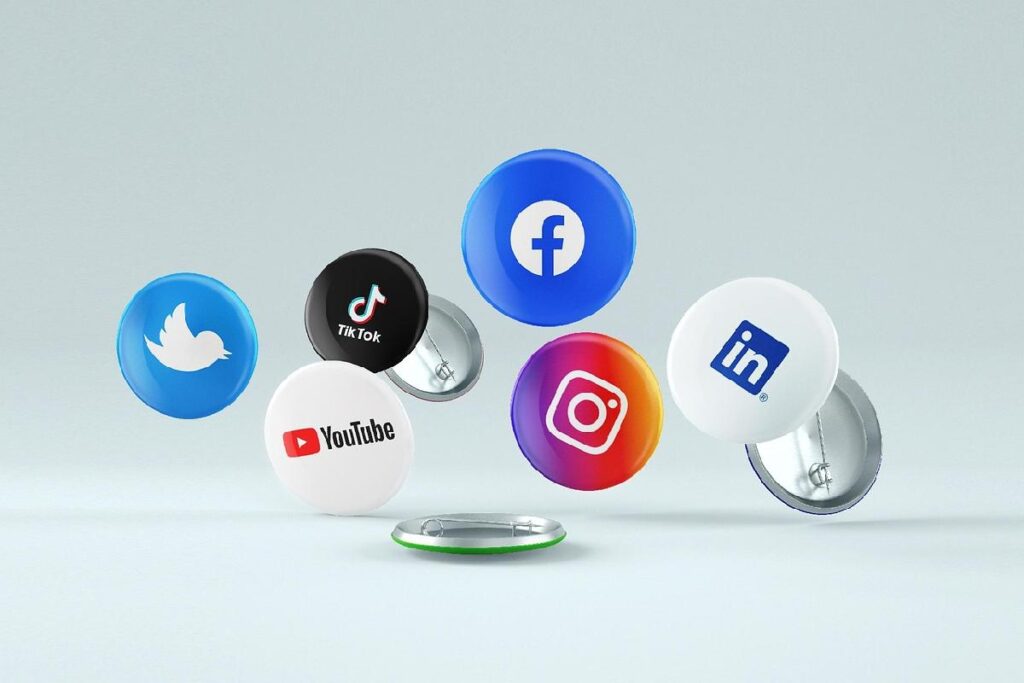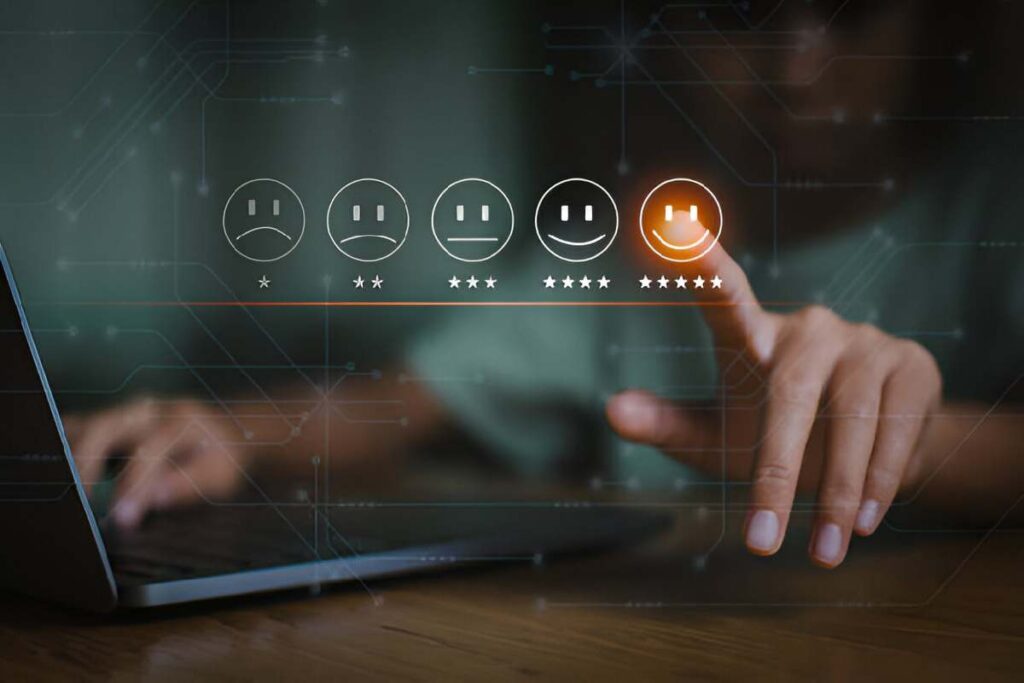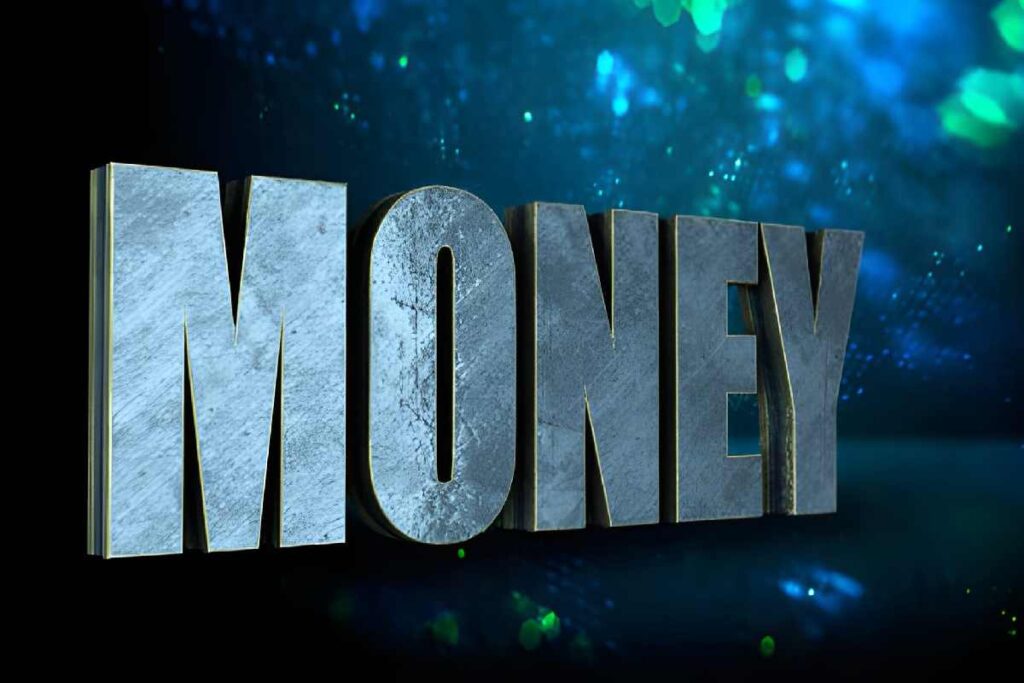Intorudction:
Here’s the deal: Chase has been cracking down HARD on Zelle transactions that they think might be scams. And one of their biggest red flags? When you’re sending money to people you met on social media platforms.
The chase zelle social media block happens when Chase’s fraud detection system sees patterns that look sketchy. Could be:
- You’re sending money to someone you connected with on Instagram, Facebook, or Twitter
- The transaction amount seems weird for your normal spending
- You’re suddenly sending money to a bunch of new people
- Someone reported a transaction as fraudulent
- Your account activity looks different than usual
Chase isn’t trying to ruin your day (even though it feels like it). They’re actually trying to protect you from scammers who are absolutely destroying people through Zelle right now.
Why Chase Started Blocking Zelle Payments Linked to Social Media
Let me paint you a picture of why banks are paranoid about this.
Scammers are using social media to run elaborate cons. They’ll:
- Pretend to sell you concert tickets that don’t exist
- Pose as romantic interests who need “emergency” money
- Offer fake investment opportunities with massive returns
- Sell products they’ll never ship
- Impersonate friends or family members asking for cash
And here’s the kicker: Zelle payments are basically impossible to reverse. Once that money’s gone, it’s gone. Chase has been getting hammered with complaints from people who got scammed, so they started implementing aggressive fraud prevention.
The social media connection is huge because that’s where most of these scams start. Some smooth-talking person slides into your DMs, builds trust, and then asks for money through Zelle. Chase sees that pattern and throws up roadblocks.
Signs Your Chase Account Might Get Hit With a Zelle Block
I’ve talked to enough people dealing with this to spot the warning signs:
You’re getting transaction declined messages more often Even for amounts you’ve sent before without issues.
Chase is asking you to verify transactions constantly Extra security questions, confirmation texts, or emails asking if you really meant to send that money.
Your Zelle limits suddenly dropped You used to be able to send $2,000 and now you’re capped at $500 or less.
You got a notification about “suspicious activity” Chase might send you alerts saying they’ve detected unusual account behavior.
Your account got temporarily restricted Can’t send Zelle payments at all, even though your account isn’t fully locked.
If you’re seeing any of these, you’re probably already on Chase’s watchlist for potential fraud.
The Real Reasons Chase Blocks Your Zelle Transactions
Let me get specific about what triggers the chase zelle social media block:
Sending Money for Online Purchases
Bought something from someone on Facebook Marketplace? Paid for tickets through Instagram? That’s a huge red flag.
Chase knows that peer-to-peer payment apps like Zelle aren’t designed for buying stuff from strangers. That’s what PayPal Goods & Services is for—it has buyer protection. Zelle doesn’t.
New Recipients You Met Online
If you’re sending money to someone who:
- Isn’t in your contacts
- You’ve never sent money to before
- Has a generic account name
- You connected with recently on social media
Chase’s system is going to flag that immediately.
Rapid or Large Transactions
Sending multiple Zelle payments in quick succession, especially large amounts, looks exactly like fraud behavior. Even if you’re just splitting bills with roommates or whatever.
Someone Reported You
If a recipient reports your payment as suspicious or fraudulent (even by mistake), your account gets marked. This can happen if someone thinks they’re being scammed when they’re not.
Your Account Is New
Newer Chase accounts get way more scrutiny. If you just opened your account and immediately started sending Zelle payments to random people, that’s textbook scammer behavior.
What Actually Happens When Chase Blocks Your Zelle
When the chase zelle social media block hits, here’s what you’re dealing with:
Immediate transaction denial Your payment just doesn’t go through. You’ll get an error message saying something like “We can’t complete this transaction right now.”
Account restrictions Sometimes Chase will block all Zelle access temporarily. You can’t send OR receive money until they review things.
Security holds Your entire account might get a security hold where you need to verify your identity before doing anything.
Permanent blocks In extreme cases, Chase can permanently disable Zelle on your account or even close your account completely if they think you’re running scams.
I’ve seen people locked out for days, sometimes weeks, while Chase investigates. It’s frustrating as hell, especially if you need to pay rent or send emergency money to someone.
How to Unblock Your Chase Zelle Account
Alright, here’s what you actually need to do if you’re stuck with a chase zelle social media block:
Call Chase Immediately
Don’t mess around with the app or website chat. Call the number on your card: 1-800-935-9935.
Explain the situation clearly:
- What transaction got blocked
- Who you were trying to send money to
- Why you’re sending it
- How you know this person
Be honest. If it’s someone you met online, say that. Lying makes it worse.
Verify Your Identity
Chase will ask you security questions. Have your:
- Social Security number ready
- Account number
- Recent transaction history
- Valid ID
They need to confirm you’re actually you and not someone who stole your account.
Explain the Legitimate Reason for Your Transaction
This is key. If you can prove the transaction is legit, they’re more likely to unblock you.
Good explanations:
- “I’m paying my roommate for rent”
- “This is my sister’s account, she helped me with groceries”
- “I’m paying back a loan from my friend”
Bad explanations:
- “I’m buying something from someone on Instagram I’ve never met”
- “This person promised me investment returns”
- “I met them online and they need help with an emergency”
Request a Review of Your Account
If Chase won’t lift the block immediately, ask them to escalate to their fraud department for a formal review. Get a reference number for your case.
Visit a Branch in Person
Sometimes the phone support can’t help. Going to an actual Chase branch with your ID and explaining face-to-face gets better results.
I had a friend who was locked out for a week. Went to the branch, talked to a manager, had it resolved in an hour.
How to Avoid Getting Hit With Chase Zelle Blocks
Here’s how I keep my Zelle working without issues:
Only Send Money to People You Actually Know
This sounds obvious but seriously—don’t use Zelle to pay strangers. That’s not what it’s designed for.
If you’re buying something from someone online:
- Meet in person and pay cash
- Use PayPal Goods & Services (has buyer protection)
- Use your credit card (can dispute charges)
Add Clear Payment Descriptions
When you send money, add a note explaining what it’s for:
- “Rent – March”
- “Dinner last night”
- “Birthday gift”
Clear descriptions make transactions look legitimate to Chase’s fraud detection.
Build Transaction History Slowly
Don’t go from sending nothing to suddenly sending $1,000 payments. Start small, build a pattern of normal use.
Keep Your Contact Information Updated
Make sure Chase has your current:
- Phone number
- Email address
- Home address
They’ll contact you if they see suspicious activity, and you need to respond quickly.
Don’t Share Your Zelle Information Publicly
Never post your Zelle info on social media or public forums. Scammers scrape that information and target those accounts.
What I Learned From My Own Chase Zelle Block Experience
Last year, I tried to pay someone I met through a Facebook group for some freelance work. $600 payment. Boom—blocked instantly.
I called Chase, explained it was for a legitimate service, and they still wouldn’t budge. The rep basically told me that paying people I met on social media through Zelle was automatically flagged as high-risk.
What I did:
- Had the person invoice me through PayPal instead
- Paid through PayPal Goods & Services
- Got the protection I needed
- No more blocks
Lesson learned: Zelle is for friends and family you know in real life. For everything else, use a platform with buyer protection.
The Bigger Picture: Why Banks Are Cracking Down on Zelle Fraud
Zelle scams have exploded in the past couple years. We’re talking hundreds of millions of dollars stolen from people.
Banks are getting pressure from regulators and customers to do something about it. The problem is Zelle was designed for trusted transactions between people who know each other—not for marketplace purchases or paying strangers.
Chase and other banks are basically trying to save people from themselves. Yeah, it’s annoying when legitimate transactions get blocked. But for every one legitimate transaction they stop, they’re probably preventing dozens of scams.
The chase zelle social media block is frustrating, but it exists because scammers have absolutely ruined what was supposed to be a convenient way to split checks with friends.
My Take on Dealing With Chase Zelle Restrictions
Look, I get that having your payments blocked sucks. But Chase isn’t doing this to be difficult—they’re genuinely trying to protect your money.
Here’s my advice:
- Use Zelle only for people you actually know in person
- For online purchases, use protected payment methods
- Keep your transactions consistent and normal-looking
- Be ready to verify and explain any unusual payments
- Don’t freak out if you get blocked—just call and work through it
The chase zelle social media block is the new reality of banking. The more we all adjust our habits to use the right payment method for the right situation, the less we’ll deal with these blocks.





